The Rise of Webflow: A Comprehensive Analysis of Its Growth and Impact in Web Design

Is Webflow the future of Web design?
Webflow at a Glance
Webflow is a leading no-code website builder that has revolutionised digital design, enabling creators to bring their visions to life without using code.
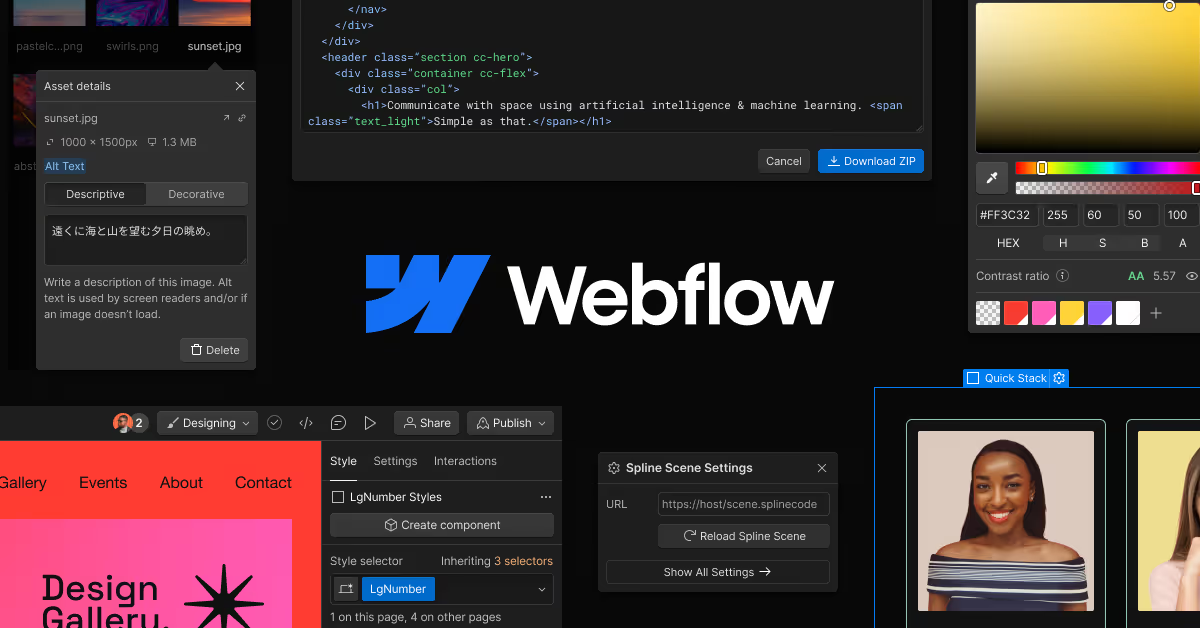
History of Webflow:
Webflow was founded in 2013 by Vlad Magdalin, Sergie Magdalin, and Bryant Chou, and quickly rose from a Y Combinator-backed startup to a leader in the no-code web development arena. Its platform, designed to democratise website creation, allows users to design, build, and launch sites without coding. Marked by significant milestones, including a $72 million Series A in 2019 and a $140 million Series B in 2021 that catapulted its valuation to over $2.1 billion, Webflow's journey reflects its pivotal role in making web design accessible to all. This trajectory not only showcases Webflow's financial success but also its impact on simplifying web development.
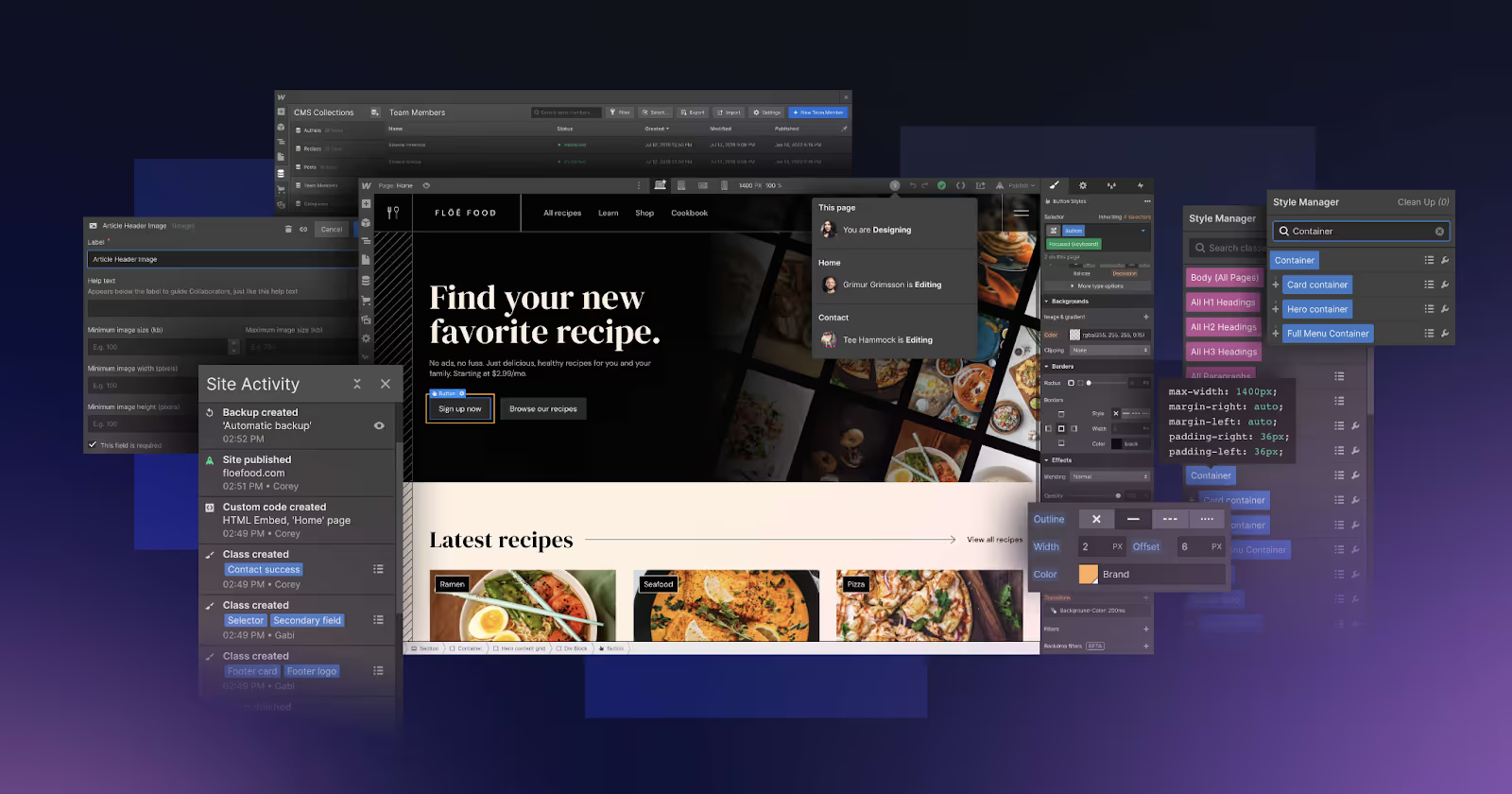
Key Features of Webflow:
Webflow offers a visual website builder that enables users to create custom websites without coding. Its features include an easy-to-navigate designer for creative control, a flexible CMS for content management, e-commerce tools for online stores, and the ability to craft immersive interactions. Webflow also supports site localisation for global audiences, offers advanced SEO controls, ensures robust security, and provides fast, reliable hosting through AWS. These tools empower both beginners and professionals to design, build, and launch responsive websites efficiently.
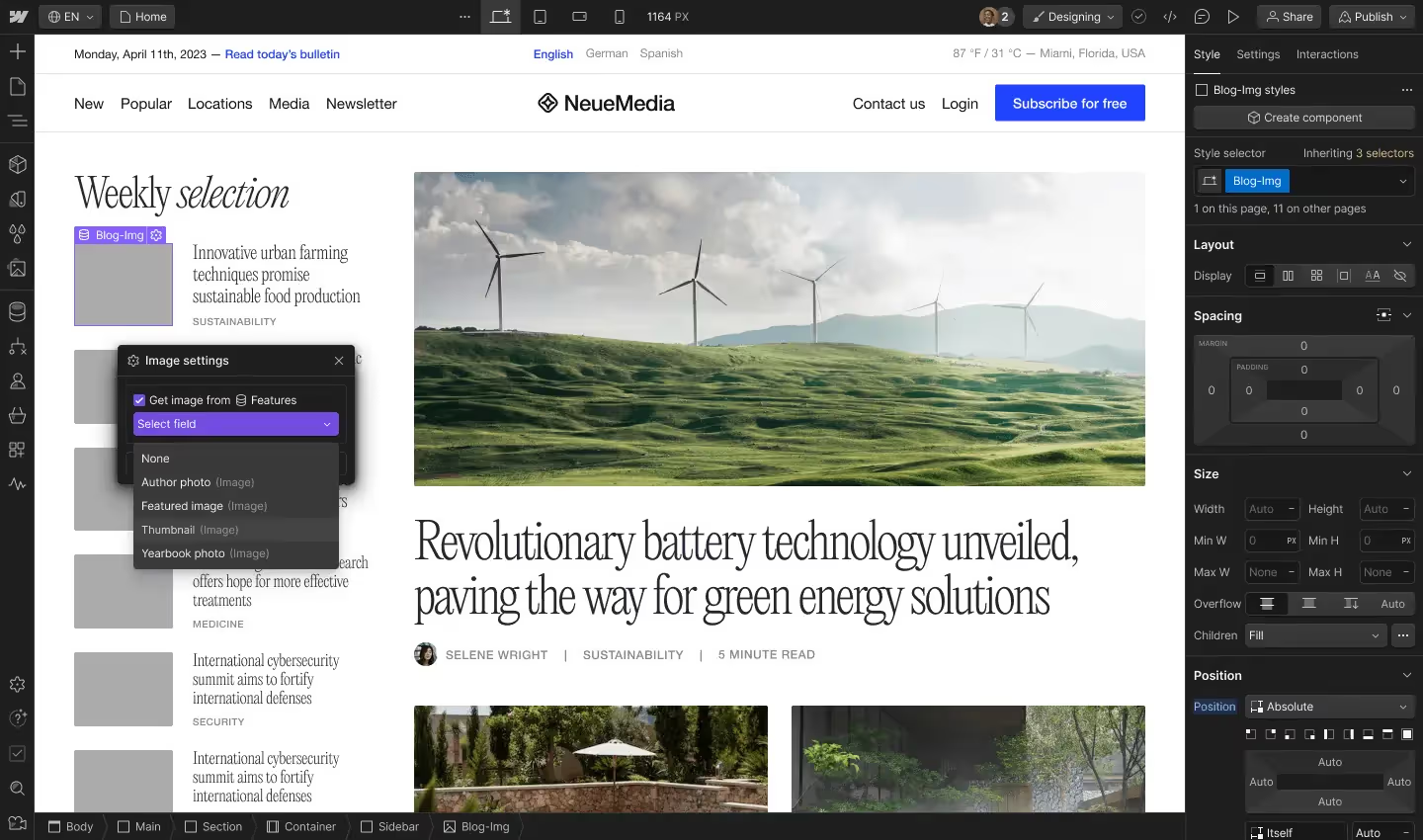
Who should use Webflow?
Webflow is ideal for professional designers who seek a platform that combines design flexibility with the ease of no-code website building. It offers comprehensive control over design elements, allowing for custom website creation from scratch or using templates, making it a perfect fit for those aiming to meet specific client specifications. Webflow's ability to export designed websites for hosting elsewhere adds to its versatility, catering to both designers and developers looking for a balance between visual design freedom and technical customization
Big companies using Webflow
Webflow offers unparalleled versatility, making it an ideal choice for businesses seeking to market their products creatively and effectively. Its user-friendly interface empowers design and marketing teams to collaborate seamlessly, enabling the swift creation of landing pages that captivate and convert.
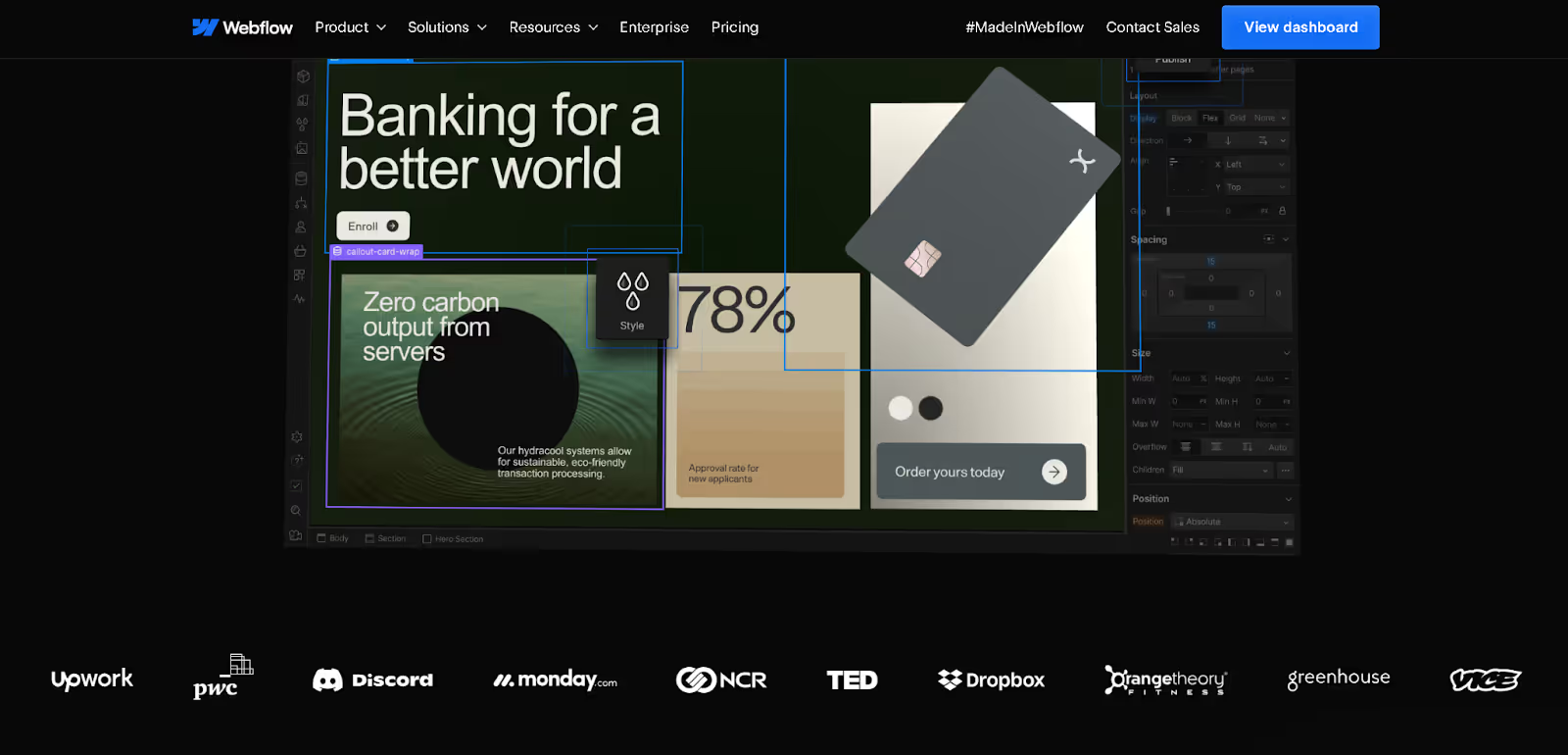
Companies like HelloSign, DropBox, The New York Times, Upwork, PWC, Vice, Phillips, IDEO, Discord, Monday.com etc. have harnessed Webflow to power their online presence, leveraging its clean design, extensive content capabilities, and interactive elements to showcase their products and services. This approach not only enhances user engagement but also streamlines the process of website management, allowing teams to focus on innovation rather than technical hurdles.
Growth of Webflow
Revenue & Growth: From its launch in 2012 with $0 revenue to a striking $128M in 2023, showcasing rapid expansion.
Webflow's revenue growth showcases its successful market penetration and product acceptance, climbing from $14.4 million in 2018 to $128 million in 2023 (shows an impressive increase of approximately 788%). This steady increase highlights the platform's effectiveness in meeting the evolving needs of web design and development.
Following its Series A funding in 2019, Webflow's valuation surged to over $350 million, underscoring investors' confidence in its business model and growth potential. A significant jump was marked by a $140 million Series B round in 2021, further solidifying its financial standing to a more than $4 Billion valuation.
Webflow's user base has expanded significantly since its inception, now powering 801,386 websites. This growth is a testament to Webflow's appeal to a diverse audience, ranging from individual creators to large corporations seeking intuitive, no-code web development solutions.
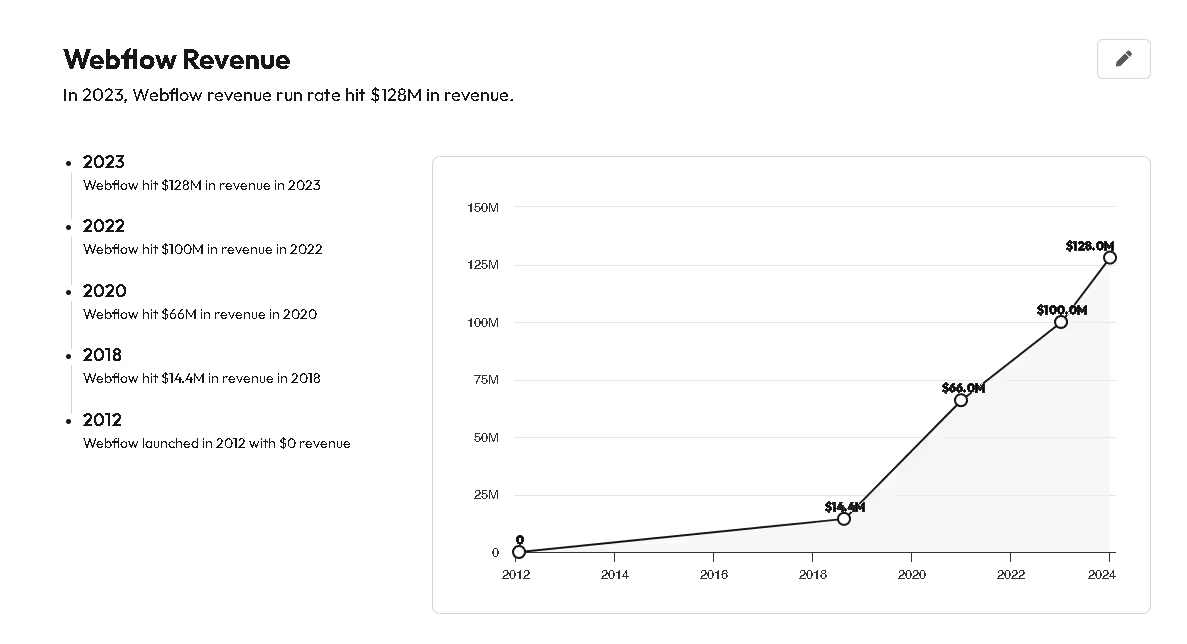
This diagram shows the market position of Webflow in terms of popularity and traffic compared to the most popular content management systems.
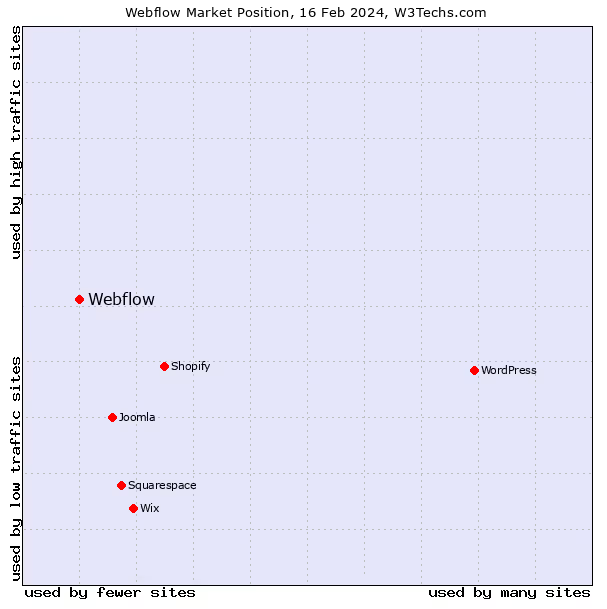
Webflow vs Other No-Code Platforms in terms of
Comparing Webflow with other web development platforms involves examining several key metrics, such as valuation, user base, and revenue. Here's a broad overview of how Webflow compares to some notable competitors.
Webflow
- Valuation: Webflow's last public valuation, from its Series B funding round in January 2021, was $2.1 billion. The current estimated valuation for Webflow is more than $4 Billion.
- Users: Webflow has not publicly disclosed its exact number of users recently, but as per Builtwith, there are 472,798 live websites using Webflow.
- Revenue: Exact revenue figures are not publicly available, but Webflow has seen significant revenue growth driven by its subscription model and enterprise solutions.
Sources say Webflow had an annual revenue of $128 Million in 2023.
Wix
- Valuation: Wix's market cap fluctuates as a publicly traded company. As of early 2023, it was around $7.9 billion.
- Users: Wix reported having over 200 million users worldwide.
- Revenue: For the fiscal year 2023, Wix reported revenue of approximately $1.56 billion.
Squarespace
- Valuation: Squarespace went public in May 2021, and its valuation has varied since then. As of early 2023, its market cap was around $4.5 billion.
- Users: Squarespace has millions of users, though it doesn't frequently update exact figures.
- Revenue: In 2021, Squarespace reported revenue of $754.2 million.
Shopify
While Shopify and Webflow serve different primary purposes, it's worth noting that Shopify holds a distinct advantage in the e-commerce segment. Specialising in online store creation, Shopify offers more robust e-commerce features and tools compared to Webflow, making it the preferred choice for businesses focused on building and scaling their online retail presence.
- Valuation: Shopify's market cap has seen significant changes, with a peak valuation reaching over $150 billion at its height in 2021. As of early 2023, the valuation was around $40 billion.
- Users: Shopify powers over 1.7 million businesses in approximately 175 countries.
- Revenue: Shopify reported revenue of $4.61 billion for the fiscal year 2021.
WordPress (Automattic)
- Valuation: Automattic, the company behind WordPress.com, was valued at $7.5 billion in its latest funding round in 2021.
- Users: WordPress.org powers over 40% of all websites on the internet, but specific user numbers for WordPress.com (managed by Automattic) are not as readily available.
- Revenue: Automattic's revenue is not publicly disclosed, but estimates suggest it's in the hundreds of millions of dollars.
Upcoming Features and Updates Announced by Webflow:
- Spline Integration: Webflow has introduced a native integration with Spline, a web-based 3D design software. This integration allows users to create stunning 3D designs, animations, and interactive experiences directly within Webflow, unlocking new creative possibilities for expressive and interactive 3D designs on the web.
- Localization: To better serve global customers, Webflow has launched Localization, enabling businesses to customise their sites for visitors worldwide without requiring developer intervention. This feature supports native machine-powered translation and integrates with translation management systems (TMS), enhancing global traffic and SEO.
- Variables: Webflow has introduced variables, allowing designers to store values like colors, fonts, and sizes and easily apply changes across the entire site. This feature aids in maintaining consistency and streamlining design work.
- Custom CSS Properties: Webflow is working on adding support for custom CSS properties, which will allow more styling control over design elements directly within the Webflow Designer.
- Enhanced Components: The platform is enhancing its components feature, including the introduction of slots, making it easier to build and manage cohesive sites and offering the flexibility found in React components.
- Webflow Apps: The introduction of the next generation of Webflow Apps integrates directly into the Designer, enhancing workflows by allowing real-time editing of site elements and easier connections to everyday tools.
- Developer Platform Updates: Webflow has updated its developer platform, including Designer Extensions, REST API improvements, and new APIs for components, variables, and Localization to empower developers and agencies.
- Figma Integration: Webflow has improved its Figma to Webflow plugin, facilitating easier import of Figma designs and components into Webflow, including automatic variable association.
- React Components Import with DevLink: DevLink is expanding to allow importing React components into Webflow, enabling the use of live data-connected components and full-stack applications.
- Enhanced Collaboration Tools: Webflow invests in tools to improve teamwork, including commenting, a free commenter role, a new content editing environment, and improved publishing workflows.
- Trends in Web Design and Development and How Webflow is Adapting:some text
- Webflow is adapting to trends in web design and development by integrating modern technologies such as 3D design (via Spline) and React components. It also focuses on localisation and global SEO, reflecting the importance of global reach and local relevance in today's web.
- The introduction of variables and support for custom CSS properties demonstrates Webflow's commitment to design consistency and flexibility, aligning with trends towards design systems and efficient, scalable web development practices.
- Enhancements to the Webflow Apps Marketplace and the developer platform indicate Webflow's recognition of the growing ecosystem of tools and services around web development, emphasising integration and extensibility.
Looking ahead, Webflow's future seems bright. The platform's roadmap, filled with upcoming features and updates, promises to keep it at the forefront of web design and development innovation. Adapting to trends such as 3D design, localisation, and enhanced collaboration tools, Webflow is well-positioned to meet its users' evolving needs.
In conclusion, Webflow's significant growth and its impact on the web design and development landscape cannot be overstated. As it continues to evolve, pushing the boundaries of what's possible in web design and development, Webflow's potential trajectory is limitless. With a solid foundation, a clear vision for the future, and a commitment to empowering designers and developers worldwide, Webflow is poised to remain a key influencer in shaping the future of the web.

FAQs
Yes! We specialize in migrating to Webflow from any other development platform or Web Development framework.
Please Note - Migrating to Webflow is a part of a New Build service and is not included in Unlimited Webflow Plan.
Yes, during the migration process, all your blog content, including posts, images, and metadata, can be transferred from WordPress to Webflow. We ensure that all your content remains intact and properly formatted and can handle the whole migration process.
Yes, Webflow is designed with SEO in mind. It offers features like clean HTML5 code, automatic sitemaps, customisable meta tags, and fast load times that can help improve your website’s ranking on search engines. Unlike WordPress, Webflow doesn’t require third-party plugins for essential SEO functionality.
Yes, Paddle Creative specialises in configuring Webflow CMS to suit your team's needs, ensuring it is structured for scalability and future growth.

.svg)

.svg)



%20(1).jpg)

.jpg)
%20(1).jpg)


.jpg)

%20(1).jpg)
%20(1).jpg)
%20(1).avif)

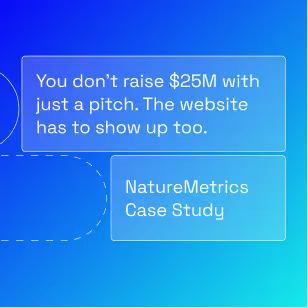
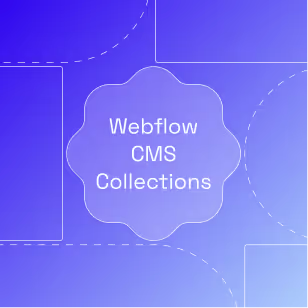
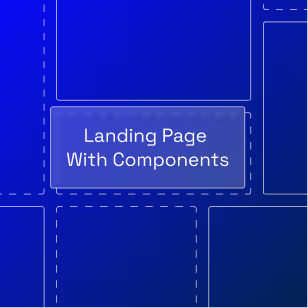

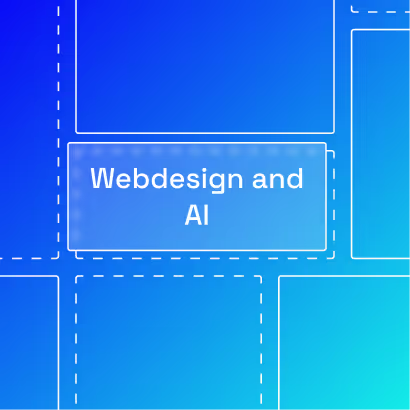
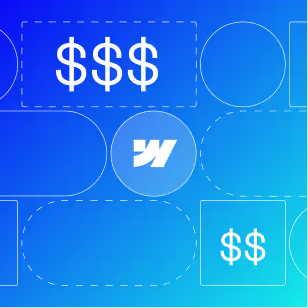

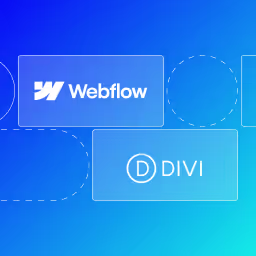





%20(2).avif)
.avif)



.avif)

.avif)
.avif)
.avif)
.avif)
.avif)
.avif)
.avif)
%2520(1).avif)
%2520(1).avif)
.avif)
%2520(1).avif)
%2520(1).avif)
%2520(1).avif)
%2520(1).avif)
%2520(1).avif)
%2520(1).avif)
.avif)
.avif)


